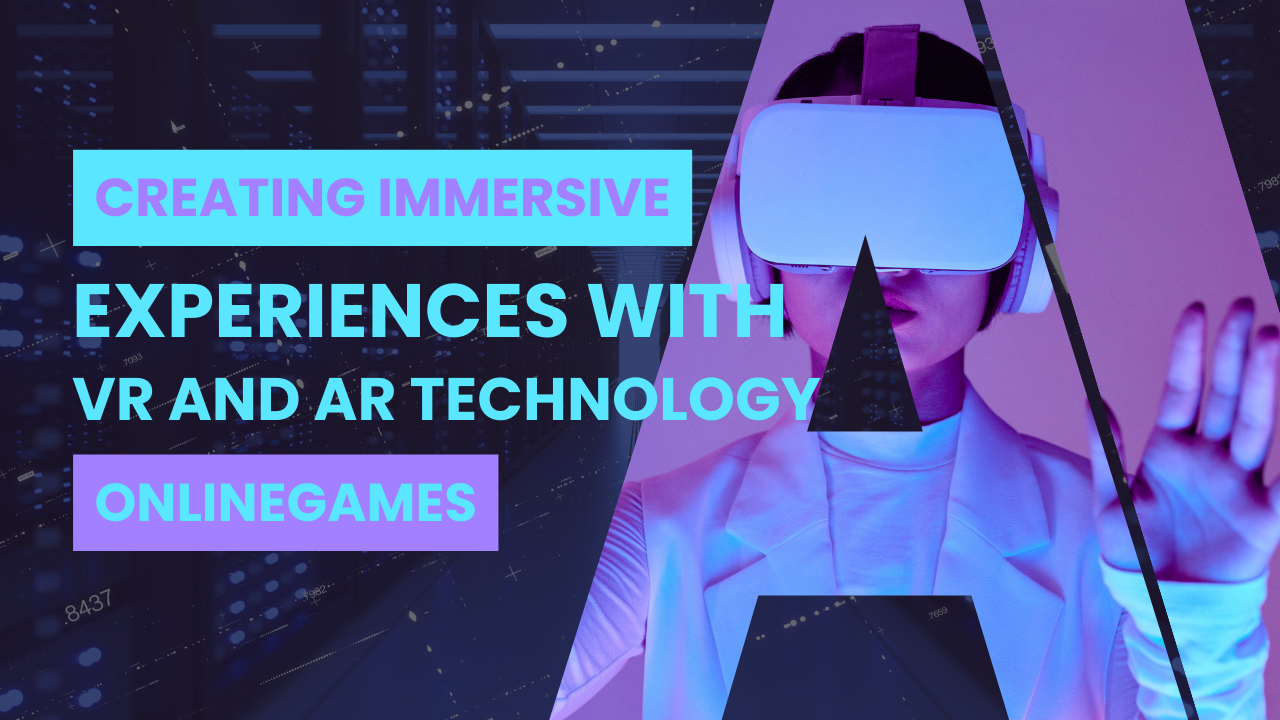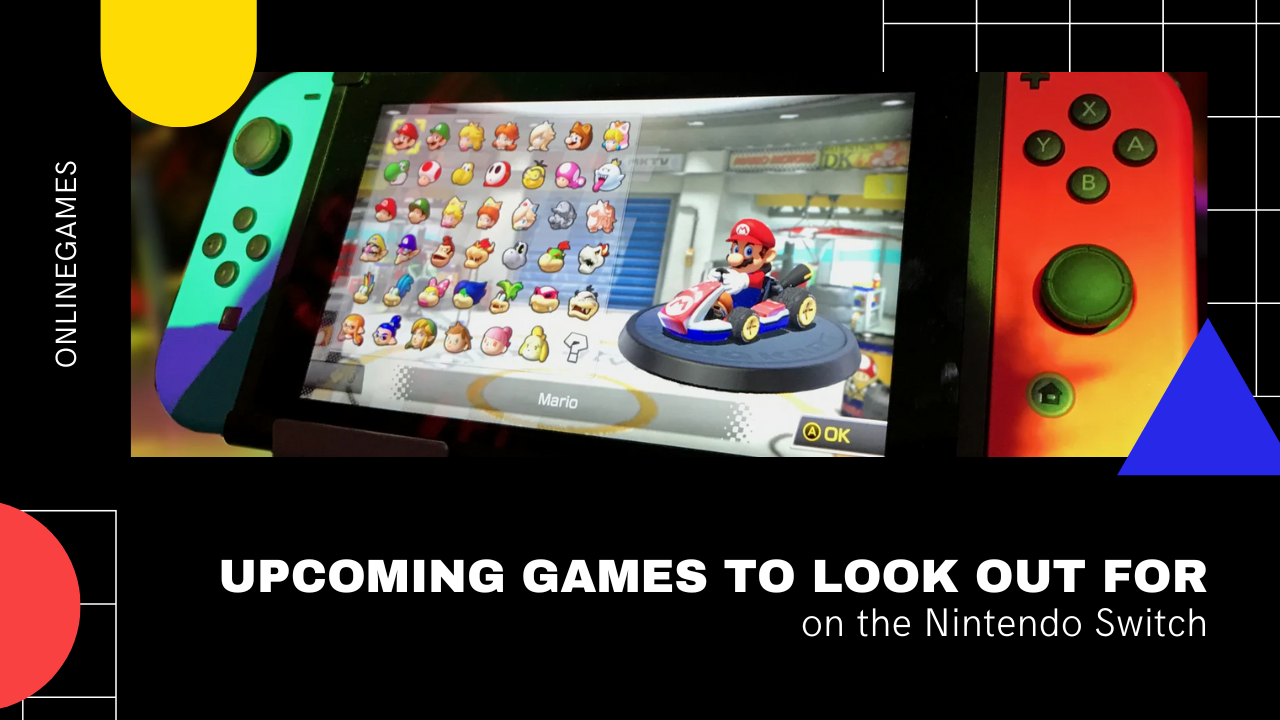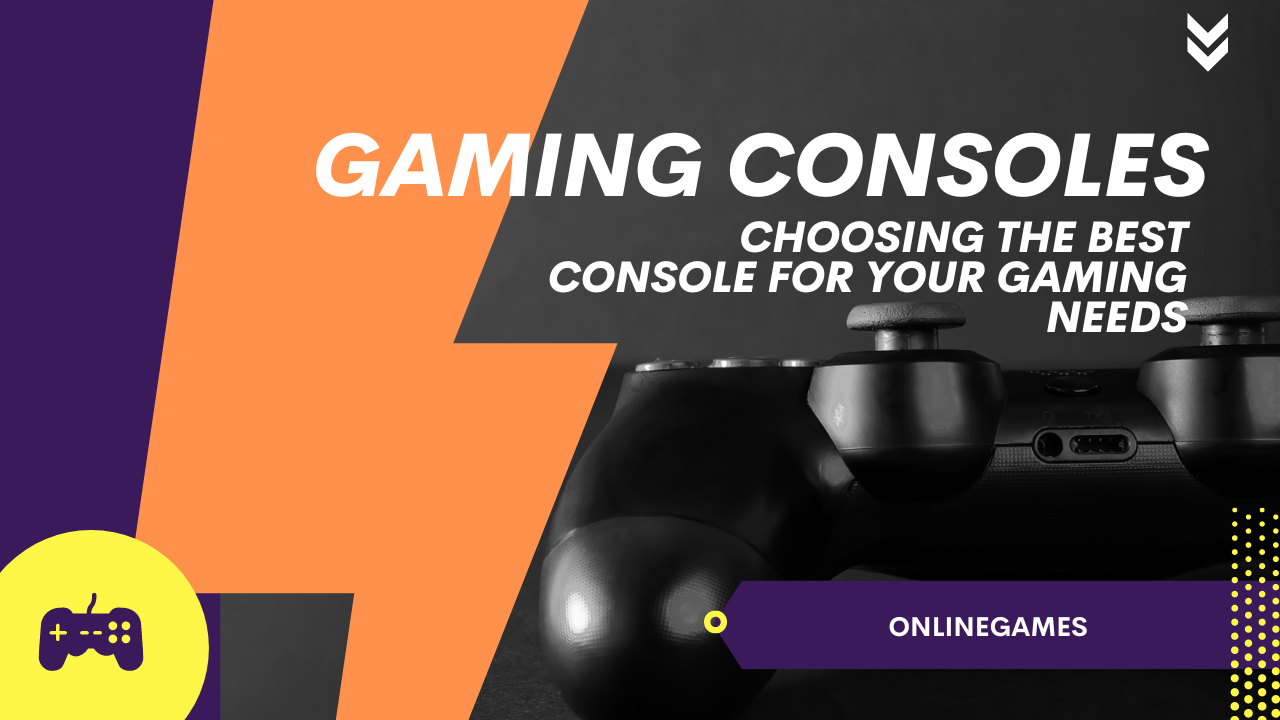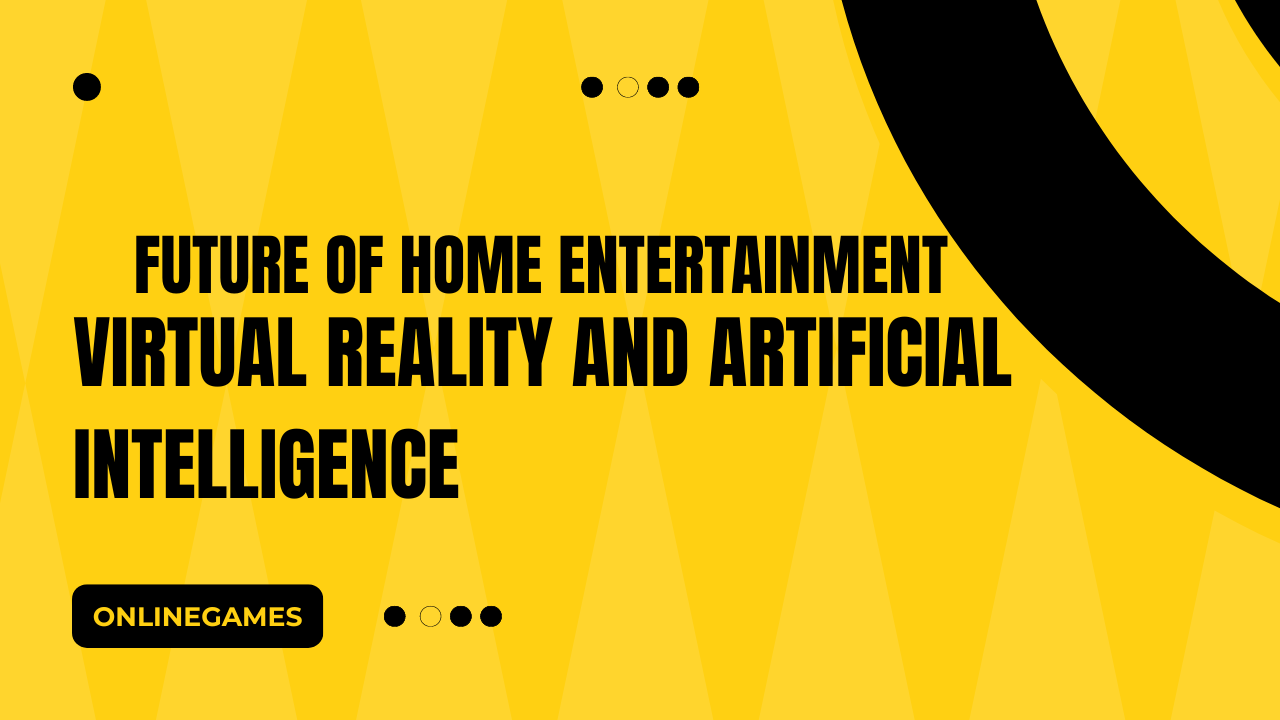Virtual Reality (VR) and Augmented Reality (AR) technologies have ushered in a new era of immersive experiences, transforming how we perceive and interact with the world around us. In the realm of education, training, and beyond, VR and AR offer unparalleled opportunities to engage users in dynamic, interactive environments that blur the lines between virtual and real.
The Power of Immersion in Education and Training
Enhancing Learning through Virtual Environments
VR and AR have redefined traditional educational methods by providing immersive simulations that simulate real-world scenarios with high fidelity. For instance, in medical education, students can practice surgical procedures in a virtual operating room, gaining hands-on experience without the risks associated with actual surgery. This not only enhances their technical skills but also boosts confidence and competence in handling critical situations.
Practical Applications Across Various Industries
Beyond academia, VR and AR find extensive applications across diverse industries such as manufacturing, automotive, and aviation. In manufacturing, for example, technicians can receive virtual training on complex assembly processes, minimizing downtime and errors in real-world production environments. Similarly, in aviation, pilots undergo simulated flight training that replicates cockpit environments and challenging weather conditions, ensuring preparedness for diverse flying scenarios.
Advantages of VR and AR in Learning Environments
Engagement and Interactivity
One of the foremost advantages of VR and AR is their ability to engage learners through interactive experiences. By replacing passive learning with active participation, these technologies foster deeper engagement and knowledge retention. This is particularly beneficial in STEM education, where abstract concepts can be difficult to grasp through traditional teaching methods alone.
Personalized Learning Paths and Adaptability
VR and AR enable personalized learning experiences tailored to individual student needs. Adaptive algorithms can adjust simulations based on user performance, providing targeted feedback and challenges that cater to varying learning speeds and styles. In language learning, for instance, AR applications can overlay interactive translations and pronunciation guides in real-world contexts, facilitating language acquisition through practical usage.
Overcoming Challenges and Expanding Access
Addressing Cost and Accessibility
While the benefits of VR and AR are undeniable, challenges such as cost and accessibility remain barriers to widespread adoption. Initial investments in hardware and software can be substantial, particularly for educational institutions with limited budgets. Moreover, ensuring equitable access to these technologies is crucial to prevent furthering the digital divide among students from different socioeconomic backgrounds.
Collaboration and Innovation
To overcome these challenges, collaborative efforts among educators, technology developers, and policy-makers are essential. By advocating for funding initiatives and research grants focused on VR and AR integration in education, stakeholders can drive innovation and create inclusive learning environments where all students can benefit from immersive technologies.
Future Trends in VR and AR Development
Advancements in User Experience and Interaction
Looking ahead, advancements in user experience (UX) design and interaction mechanics are poised to enhance the capabilities of VR and AR. Innovations such as gesture recognition and voice commands will enable more intuitive interactions within virtual environments, making experiences seamless and user-friendly across age groups and technical proficiency levels.
Integration with Artificial Intelligence (AI)
The convergence of VR, AR, and Artificial Intelligence (AI) promises to revolutionize educational experiences further. AI algorithms can analyze user data to personalize learning pathways and recommend tailored content based on individual learning preferences. In history education, for instance, AI-powered simulations can recreate historical events with interactive storytelling elements, allowing students to explore and understand the past in unprecedented ways.
VR and AR technologies represent a transformative force in education and training, offering immersive experiences that engage, empower, and educate users across various disciplines and industries. By harnessing the power of virtual and augmented realities, we can create dynamic learning environments that prepare individuals for success in an increasingly digital and interconnected world.










